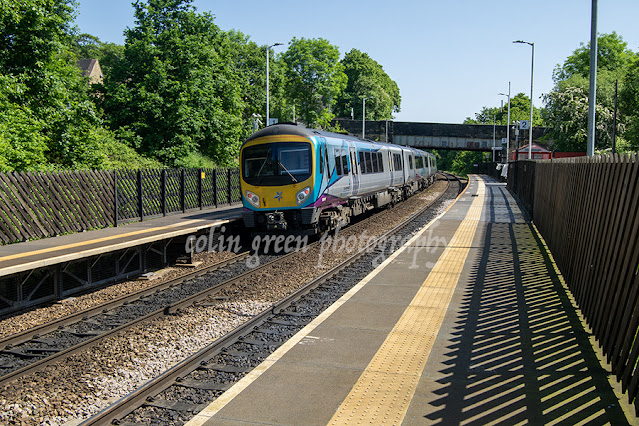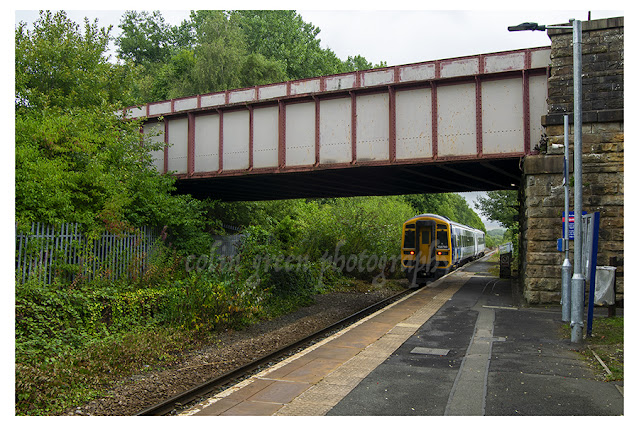Deighton Railway Station serves the Deighton area of Huddersfield, West Yorkshire, England. It's a handy little station for those needing a quick and convenient connection to Huddersfield or Leeds.
Interestingly, there have actually been two stations at Deighton! The first station opened in 1871 and served a branch line to Kirkburton. Sadly, that station closed in 1930. The current Deighton Station we see today is a much younger addition, having opened in 1982.
Deighton Station is located roughly two miles northeast of Huddersfield Station on the Huddersfield Line towards Leeds. Trains are frequent, with journeys to Huddersfield taking a mere 4 minutes on average. Trans Pennine Express is the main operator on this route.
While the station itself is compact, there are two platforms and a ticket office. There are no waiting rooms or toilets at the station, but there are shelters on both platforms for waiting passengers.
For onward journeys after your train ride, bus stops are located a short walk from the station on Leeds Road, with connections to both Leeds and Huddersfield. Taxis are also readily available.
Deighton Station might be a small station, but it offers a vital service for the Deighton community and surrounding areas.
Whether you're a local resident or just visiting, Deighton Station is a great way to get around Huddersfield and beyond. So next time you're in the area, consider hopping on a train and checking it out!
I took these pictures on the 27th May 2023 with a Nikon d3300. Clicking any of them should open a link in another window to my Colin Green Photography store on Zazzle.
Please take a moment to share this post, follow me on social media, and explore my work on Clickasnap and Photo4Me using the links below. Your support means a lot!
Thanks for looking, all the images are the copyright of Colin Green.





















































